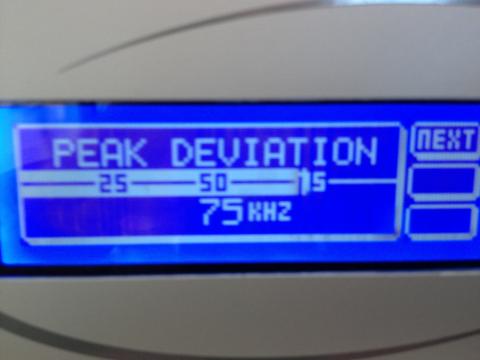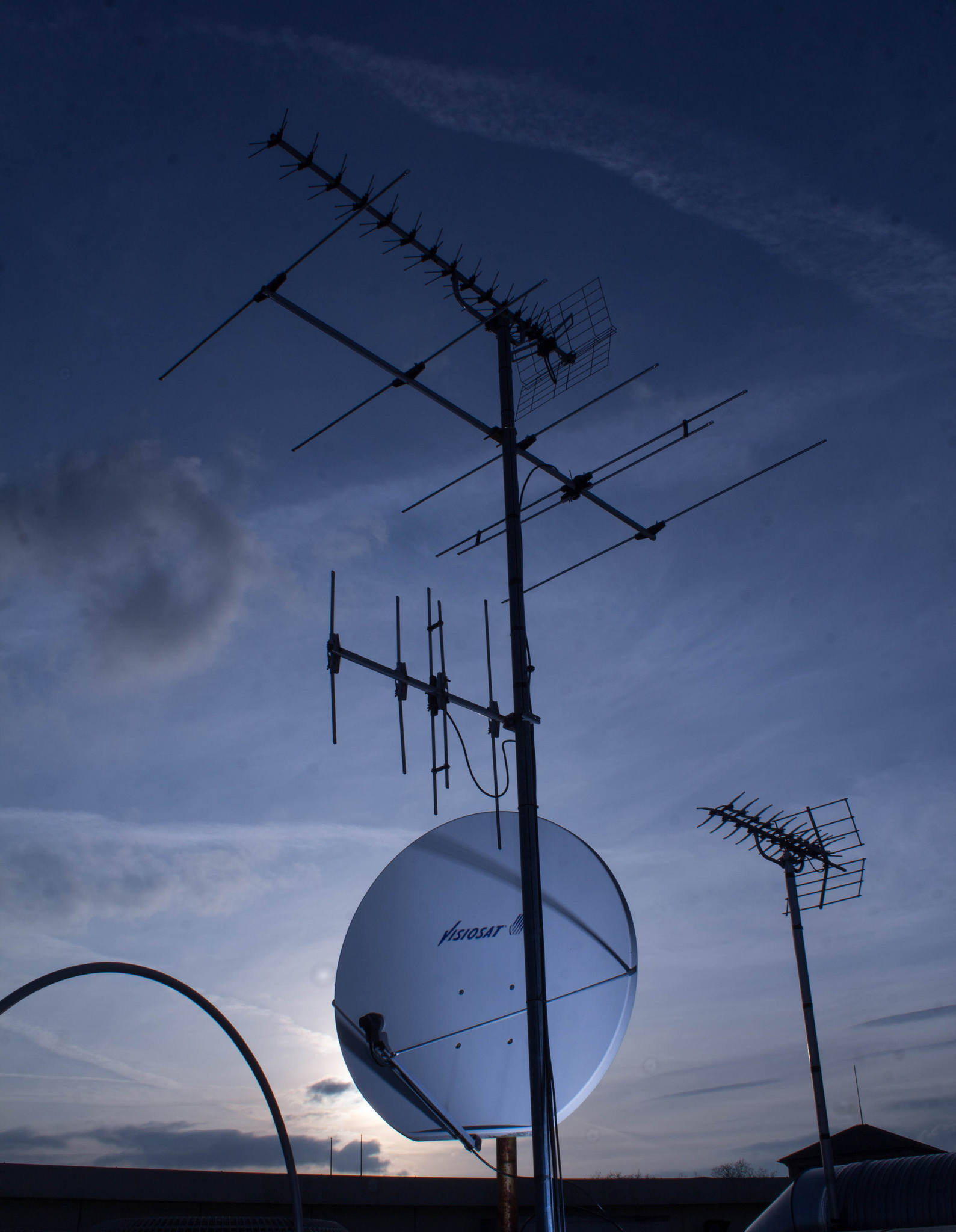Compression, Loudness and Coverage – A Trade Off
It was always touted as the thing you wanted to be – the loudest on the dial. It was even said on occasion that it could help improve your coverage in rough patches. This was very much taken to heart by the small scale commercial station I was on the launch line-up of and has since been lost to become a relay of two different stations.
While I wasn’t working as a techy for said station, it’s a topic that’s come up a number of times over my career. With a community station on the south coast, we improved their coverage area drastically by sorting out the processing. No turning up the wick required, simply using your full +-75kHz and developing a good preset on the processor made the magic happen.
If we really wanted to take it further we could have broadcast in mono. A rather old hat option nowadays but still something you occasionally see in areas where terrain is a real limiter.
A more modern solution would be Single Side Band (SSB) stereo. In a normal FM multiplex signal, the L-R element is carried as two carriers centred on 38kHz. With SSB, only one of these side bands is used. Well, that’s the theoretical version. In reality, lower frequencies are carried on both side bands.
While SSB stereo is on my to-do list to experiment with, there is a long running experiment I have been involved with at a community radio station. When I arrived the processing was mediocre and heavily compressed. You can make out what everyone’s saying but the music just doesn’t “breathe”. They’d nailed that pinched nose muffled sound.
On the plus side it wasn’t the loudest on the dial. Just a shame it’s a processor you struggle to get a good sound out of and may be due for replacement.
Backing off the limiter did make a bit of a pleasant difference to the sound. The overall level was upped a bit to match competing stations and some mid removed to make speech more legible.
The result – a much more pleasant sound but cue a few complaints coming in. “The station drops out around [AREA], it didn’t use to”. “My car switches to [COMPETITOR] around [AREA]”.
As these complaints come in, I hop into my car, parked on a fringe coverage area of the station – it’s coming through as good as ever. What’s going on?
Well, it turns out simply being louder isn’t everything. It makes a difference if you’re operating significantly below the +-75kHz you’re allowed to operate with. The key factors I found were how heavy you were compressing/limiting and going heavy on low/mid frequency audio.
While it doesn’t make for the most pleasant listening experience (ear bleed ahoy!) it does give an impression of better coverage. In reality, not changing the RF properties of the transmitter means that there’s no change in actual coverage. 25W does just as well as it ever does.
However, the perceived coverage improvement is a big deal. Especially as the station in question suffers from co-channel interference. Dead patches often see radios switch over to this other service. Just a shame it has to come at the cost of a good station sound.


